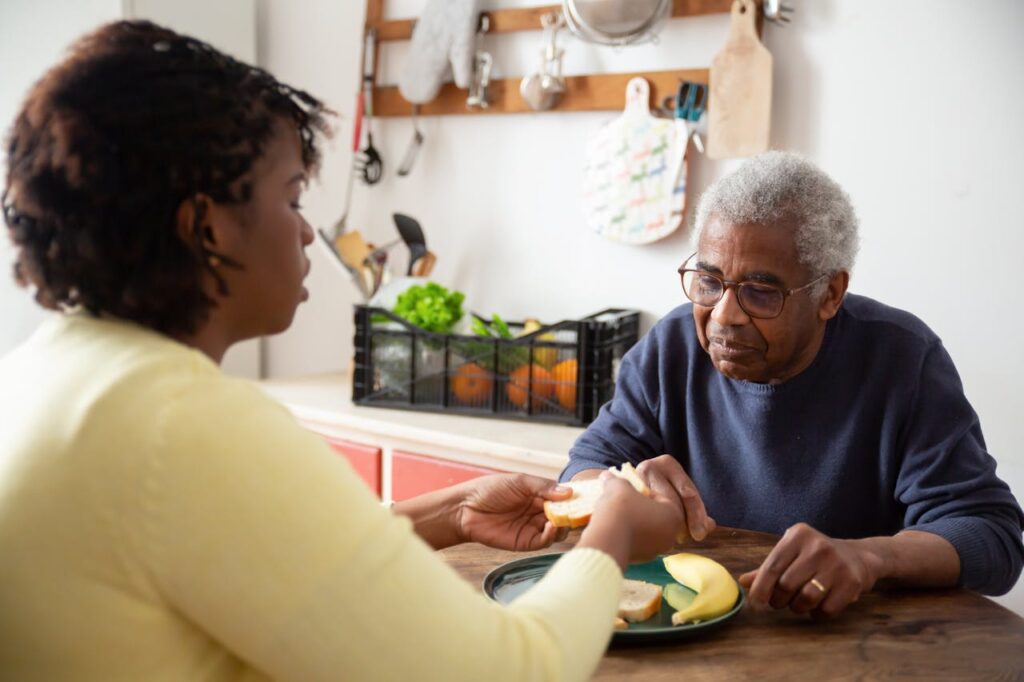How to Safeguard Your Home Against Home Invasion: Tips for Securing Balconies
How to Safeguard Your Home Against Home Invasion: Tips for Securing Balconies Home invasions don’t just occur in the dead of night and through the front door. Balconies, often overlooked in home security plans, can provide an unconventional yet accessible entry point for intruders. Protecting your home means covering all bases, and securing your balcony is a vital step in fortifying your residence against unwelcome visitors. Here’s how you can turn a potential vulnerability into a stronghold of security. Understanding the Risks Balconies offer scenic views but can also be seen as invitations by those with malicious intent. The allure of an unsecured balcony to a burglar is akin to leaving your front door ajar. Surprisingly, statistics reveal that a significant number of home invasions commence from points least expected by homeowners, including balconies on higher floors. Securing Balcony Doors and Windows High-Quality Locks The first line of defense entails strengthening the entry points – the balcony doors and windows. Investing in high-quality locks is fundamental. Deadbolts for doors and locking mechanisms designed specifically for windows can significantly enhance security. Security Bars and Grilles For an extra layer of protection, consider installing security bars or grilles. While some might worry about the aesthetic impact, modern designs offer elegant solutions that complement your home’s external appearance without compromising on security. Smart Locks The advance in technology brings smart locks to the table, offering convenience without skimping on security. These locks provide you with control over access rights and the ability to monitor entry and exit, all from your smartphone. Enhancing Balcony Surveillance Home Security Cameras Visibility is a deterrent in itself. Introducing home security cameras, particularly those with night vision capabilities, can both discourage potential intruders and provide crucial evidence should a break-in occur. Motion-Sensing Lights Complement your surveillance system with motion-sensing lights to startle and deter prowlers. These lights illuminate the balcony area at the slightest detected movement, showcasing your home’s vigilant defense system. Balcony Maintenance for Security An often-overlooked aspect of balcony security is its maintenance. Ensure the structural integrity of the balcony is intact. Regular checks can identify vulnerabilities that, if left unaddressed, might give invaders easier access. Furthermore, keeping foliage trimmed not only enhances your home’s curbside appeal but eliminates hiding spots for would-be intruders planning to use the balcony as a point of entry. Community and Neighbor Engagement There’s strength in numbers. Engaging with your neighbors and forming a neighborhood watch can significantly amplify security measures. Modern technology also enables communities to stay connected via apps, providing real-time updates on suspicious activities. Conclusion Balcony security is an essential component of home invasion prevention. By securing balcony doors and windows, enhancing surveillance, maintaining the balcony’s condition, and engaging with your community, you can build a comprehensive defense strategy that keeps your home safe and sound. Remember, the steps you take today can significantly impact your home’s safety tomorrow. Share this post with friends and family to spread the word on balcony security and encourage a collective effort towards safer homes and neighborhoods.


